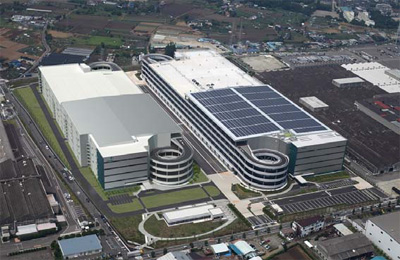Business
trend
Evans Wind Turbines, a British small-sized wind generator maker, will develop the
market in Japan in alliance with Zephyr. The company has 30% share in the
small-sized wind generator market in Great Britain. Zephyr will collaborate
with Evans and build Evans’ R9000 that has an output of 5 kW as Evans’ original
equipment manufacturer.
The
price is not decided yet, but will supposedly be around several million yen. The
R9000 can be featured by few troubles because of the simple structure to spin
windmills. Zephyr will sell Evans’ product not only in Japan but also in the
Asian region. It plans to sell 200-300 R9000s in the next three years.
Wind
generation has several advantages over photovoltaic generation despite the
higher initial investment: 1,500,000 yen vs. 520,000 yen. The former can
generate as long as wind exists, whereas the latter can generate only during
daytime hours. The former has annual generation per kW of 1,460 kW/h, whereas
the latter has annual generation per kW of 1,000 kW/h. What is more, the
purchase price of wind generation is 57.75 yen per kW, whereas that of
photovoltaic generation is 42 yen per kW.
In
Japan, the small-size wind generator is defined as a generator with an output
of less than 20 kW. At present, 75% of small-sized wind generators installed in
Japan have an output of less than 1 kW because nearly all installed small-sized
generators are for generation only for internal use. As of the end of 2010, 9,500
small-sized wind generators were at work, only 2.5% of which were connected to
the power network of an electric power company.
R9000 wind generator from Evans
Wind Turbines of Great Britain


